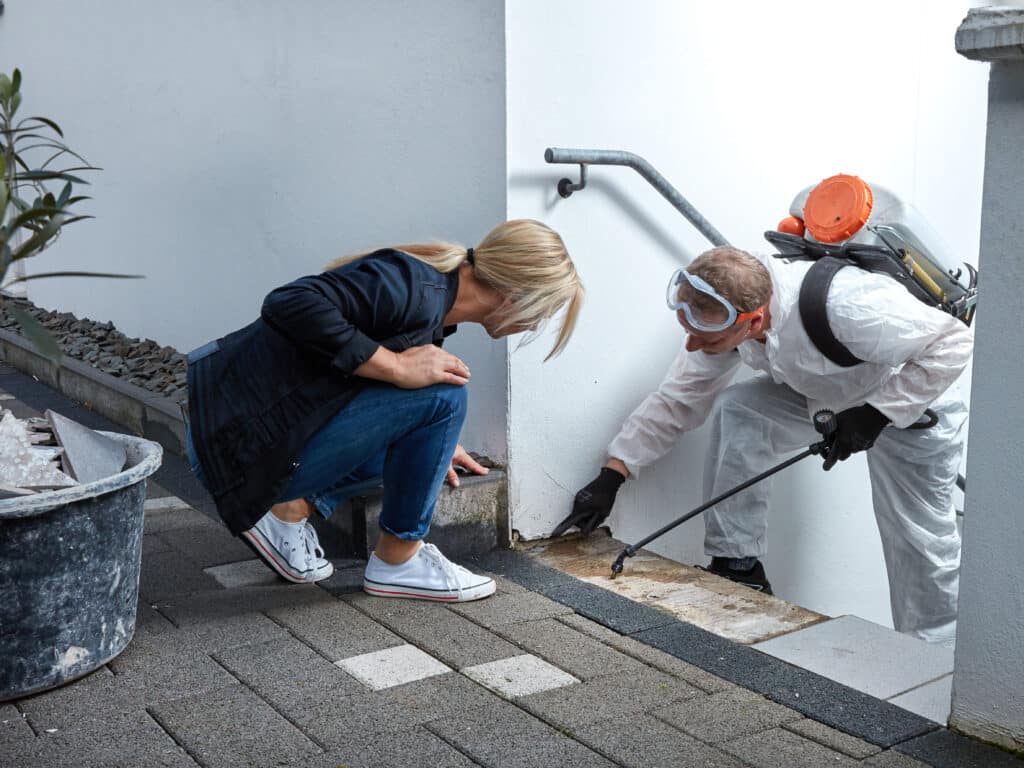(425)888-3332
Call Now to Schedule an Appointment!
Call Now to Schedule an Appointment!
“Peter came quickly to give us his expertise in our basement bathroom area.”
~Lulu A.
“ Their team does excellent work and is very thorough.“
~Nick Loveless
“ Very professional, prompt, kind workers who treated us with respect.“
~Kathryn Strobel
Call Now to Schedule an Appointment!
Copyright 2023 © All Rights Reserved | Privacy Policy | Site Map
Website Design and SEO by Logic Inbound

Fill out the form below and we will contact you within 24 hours.